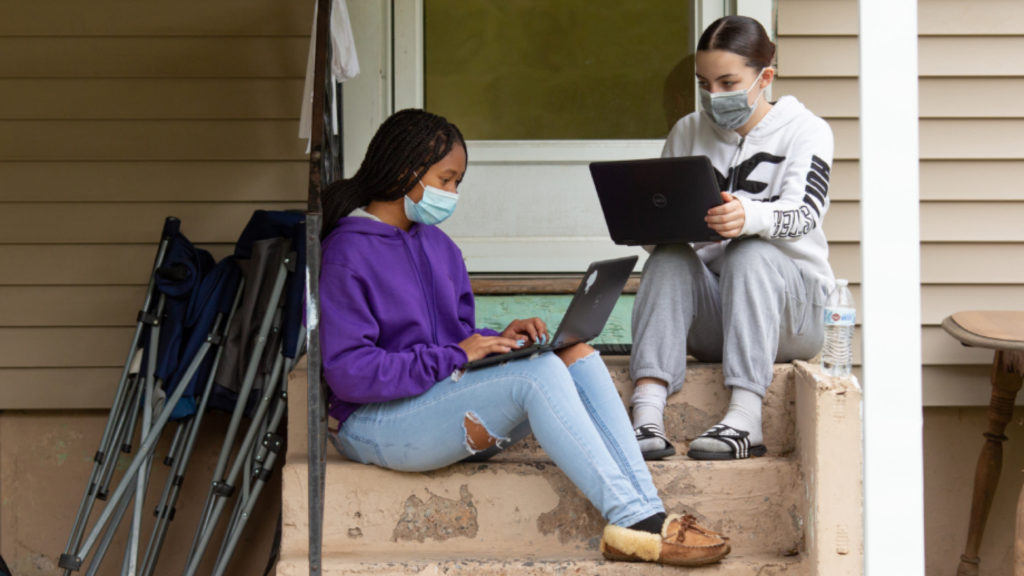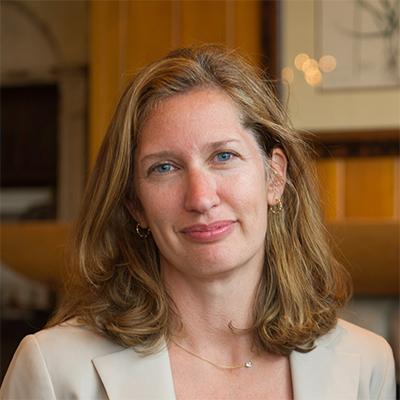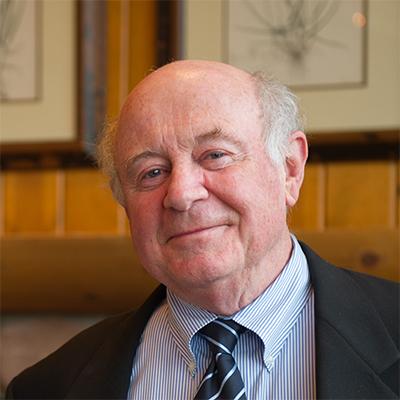While President Biden has promised to have most public schools open within his first 100 days, new data indicate it will be a daunting challenge. Spiking virus rates and intense opposition from teachers unions is causing many school districts to revert to all-remote instruction.
The benefits of in-person contact with friends and teachers are real. We must reopen America’s schools as soon as it is safely possible to do so. But what gets lost in the reopening debate is the growing evidence that a significant portion of students and their families are actually happier and learn better outside of traditional schooling.
Some of the “square-peg” children are the most creative and bright students in their class, but had struggled academically or socially in the traditional classroom. According to informal surveys of parents and teachers, new approaches to learning are benefiting:
- Students with special needs, like ADHD or autism, who focus better on learning without disruptions from other kids, and who—when learning from home—can take breaks and calm themselves when needed, not just when the classroom schedule permits.
- Students who didn’t speak up or ask questions in regular classrooms for fear of being mocked, but are now able to send private questions to teachers or make written contributions.
- Socially-awkward or otherwise different kids who experienced bullying.
- Kids who best learn from small-group instruction.
- Students who have mastered all the regular class material and are motivated to learn advanced materials and explore on their own.
- Students who learn best by hearing about a new idea and then quickly practicing or applying it on their own.
In small learning pods or creatively run virtual classrooms, teachers are reaching these students in new ways. Some are mixing group learning with individual meetings or small discussion groups. Others are providing banks of videos, quizzes, and other learning tools that students can use to review material as many times as they need in order to understand it. Some teachers are allowing students to work ahead or work on special projects inspired by their interests.
Students are likely also benefiting from the fact that their parents now have a much better understanding of how to help them with their schoolwork. Parents who are home with their child may be better positioned than someone teaching 30 children to help focus their child or find a spark that motivates learning.
Parent-organized pods, homeschool cooperatives, or micro-schools seem to go even further to try to ease student anxieties and attend to their broad social and emotional needs. Some emphasize hands-on or outdoor learning. Others allow students to take much more responsibility for their own schedule. A math whiz-kid may complete in 15 minutes a lesson that typically takes an hour and may decide to spend the extra 45 minutes practicing piano.
While most people imagine that pods are only for affluent white families, this is proving to be a myth. A significant portion of community-based organizations serving students from low-income households, like the African Leadership Group near Denver or 100 Black Men of Valdosta in Georgia, are providing tutoring, mentoring, translation services, and other in-person support to help students with virtual learning. Others, like The Oakland Reach, are operating virtual hubs that provide intensive support, including technology help, literacy programs, and enrichment activities. A growing number of school districts are also experimenting with such efforts.
Many learning pods were formed specifically as racially affirming spaces—free of low expectations, bias, and chaotic classrooms that children may have experienced previously. Such groups often seek to re-engage and motivate their children with culturally relevant curricula and community leaders they trust and respect.
Efforts to individualize learning are not new for students with distinctive needs and interests, but they tend to exist outside the public school system. We wrote earlier about Workspace Education, which helps students and families craft customized learning pathways built around their interests and passions, and New York City’s Autism Charter School, which delivers therapies, job training, and instruction in partnership with families to help realize every child’s potential.
These and many initiatives like them have strengthened parents’ roles as co-educators and made schooling much more effective for children who struggled in one-size-fits all schools. Not surprisingly, the teachers and parents involved want them to continue. Nobody wants to impose these learning models on all students: the parents and teachers who use them are asking for differentiation and careful attention to what works for which students, not a mandate for everyone to do it their way.
District leaders in RAND and CRPE’s national survey are also positive about these new opportunities for students, teachers, and parents. Many intend to make virtual schooling a permanent option. Some see this as a competitive necessity, as well as an educational one, expecting that some families would opt for homeschooling, independently run virtual schools, or more flexible private or charter schools if the district can’t meet their needs.
District leaders say they hope to create high school options that link students to local industries and colleges, and motivate some to work hard through what might otherwise be a wasted senior year. Some will continue online courses that only a few students in a given high school might want, but which can be fully enrolled if offered districtwide. Districts want to offer younger students options too, including high-quality online programming, in-person community-provided learning hubs, and evening schools so working parents can be home to help their children.
Superintendents in our national survey also hope to empower teachers who excel at online instruction by allowing them to continue innovating and offering in-demand courses online. Some are also letting parents choose individual courses offered by universities and online vendors.
The COVID-19 vaccine will allow increasing numbers of teachers and parents to return to work, creating a rush to get everyone back into traditional classrooms and to close down other options. But it’s now clear that many students, parents, teachers, and district leaders believe this would be a mistake.
As we strive to reopen schools, let’s find ways to allow every child to come back to classrooms they want to be in, and where they will thrive socially and academically. In many cases, parents and community groups will know best how to make that happen. They will need funding, services, and support.





